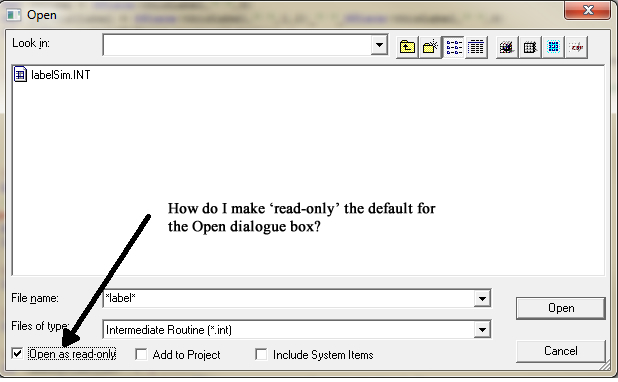Hello, is there a way to reset all of the Sample Classes back to their "Installed State."? In other words, delete all the other classes I have put into the samples namespace and leave only those classes that were there when I installed the instance.?
-thank you


